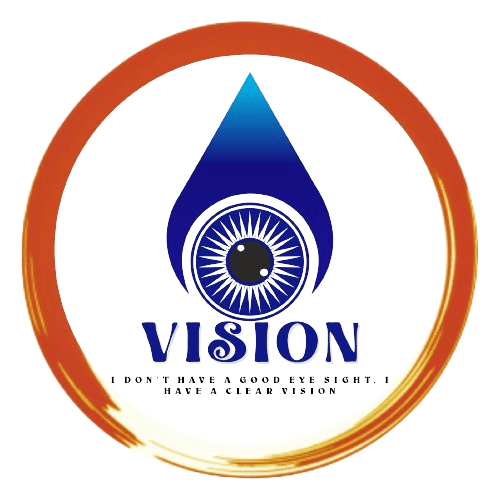Building a Sustainable Lead Generation Pipeline:
In the highly competitive business environment, generating leads is a critical component for sustained growth and success. Leads are potential customers who have shown interest in a company’s products or services, and they are the foundation for building a strong customer base. For B2B companies and construction businesses, generating leads is particularly important due to the nature of their business models. B2B companies often rely on long-term relationships with their clients, and a steady stream of leads is necessary to maintain and grow these relationships. Similarly, construction businesses often work on large-scale projects that require significant planning and coordination, making a robust lead generation pipeline essential for securing new projects and maintaining a steady workflow.
Establishing a sustainable lead generation pipeline is crucial for driving revenue and fostering long-term relationships with potential customers. This can be achieved through a variety of strategies, such as content marketing, social media advertising, and targeted email campaigns. Content marketing, for example, involves creating valuable and informative content that attracts potential customers to a company’s website. Social media advertising allows businesses to target specific demographics and interests, while targeted email campaigns can help nurture leads by providing relevant information and offers. By implementing these strategies, B2B companies and construction businesses can effectively generate leads, build relationships with potential customers, and ultimately drive revenue growth.
Understanding the Lead Generation Funnel:
A lead generation funnel, also known as a lead funnel, is a systematic approach to converting potential customers into actual buyers. This process involves guiding your target audience through distinct stages until they are ready to make a purchase. The funnel typically consists of three key stages:
- TOFU (Top of the Funnel): This initial stage focuses on creating awareness among potential leads. Content such as blog posts, videos, and podcasts plays a vital role in introducing your company to prospects.
- MOFU (Middle of the Funnel): As leads progress to the middle of the funnel, they engage more actively with your business. Nurturing them with valuable content like eBooks, whitepapers, and case studies is essential at this stage.
- BOFU (Bottom of the Funnel): The final stage is where leads are close to making a purchase decision. Here, personalized interactions, product demonstrations, and targeted offers can help convert leads into customers.
Strategies for Building a Sustainable Lead Generation Pipeline:
- Define Your Target Audience: Understanding your ideal customer profile is fundamental to effective lead generation. Tailor your content and messaging to resonate with the needs and pain points of your target audience.
- Create Compelling Content: High-quality content is the cornerstone of any successful lead generation strategy. Develop a mix of educational, informative, and engaging content to attract and retain leads at different stages of the funnel.
- Qualify Your Leads: Not all leads are equal. Implement lead scoring mechanisms to identify and prioritize high-quality leads based on their interactions with your content and engagement with your brand.
- Continuous Optimization: Lead generation is an iterative process. Regularly analyze the performance of your funnel, experiment with different content formats, and adapt your strategies based on changing market dynamics and audience preferences.
- Utilize Marketing Automation: Leverage marketing automation tools to streamline lead nurturing processes, track lead interactions, and personalize communication to enhance engagement and conversion rates.
 Conclusion:
Conclusion:
Building a sustainable lead generation pipeline requires a strategic blend of targeted marketing efforts, compelling content creation, and continuous optimization. By implementing the right strategies and staying agile in response to market trends, businesses can establish a robust pipeline of qualified leads that drive growth and profitability.
In essence, a well-structured lead generation funnel serves as the backbone of a successful marketing strategy, enabling businesses to connect with their target audience, nurture relationships, and ultimately drive conversions. By following the principles outlined in this blog, businesses can lay the foundation for a sustainable and thriving lead-generation pipeline.




